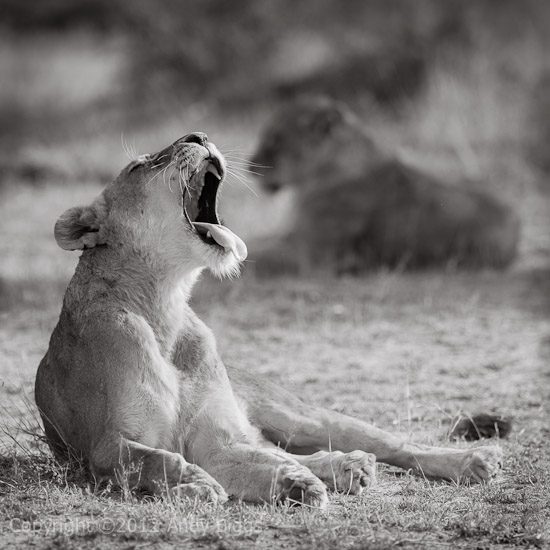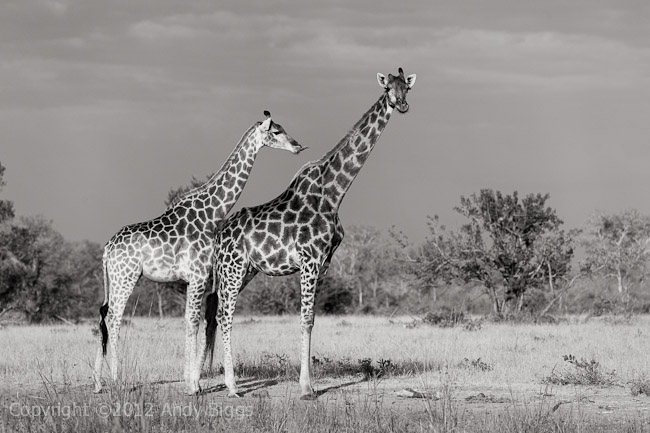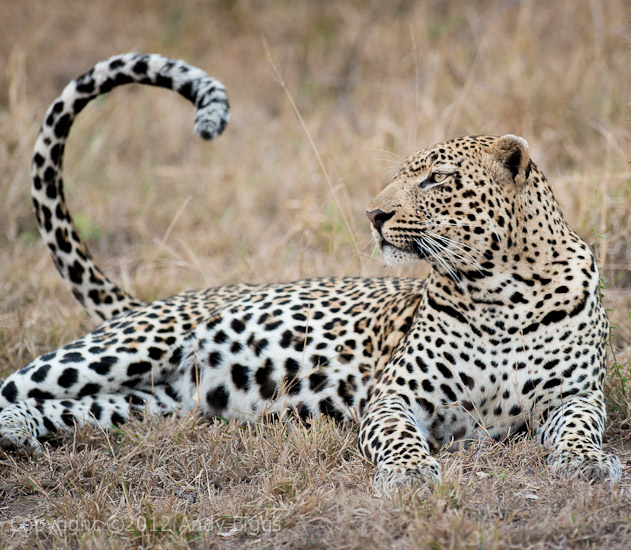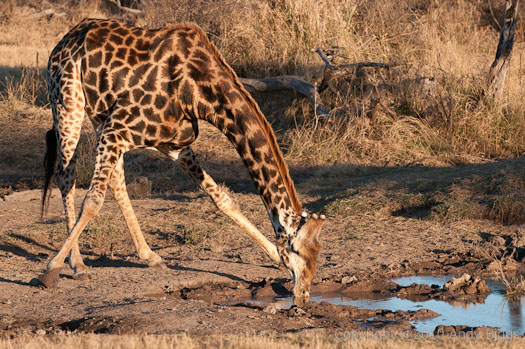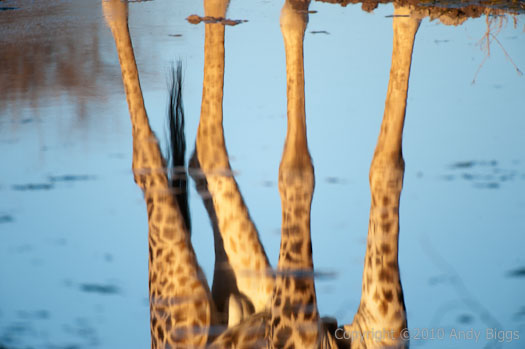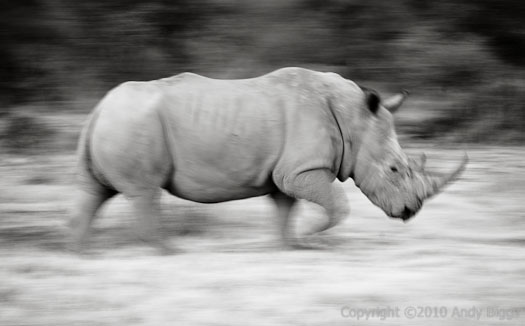Trip Report Park 3: Amboseli National Park
 Sunday, September 28, 2014 at 01:04PM
Sunday, September 28, 2014 at 01:04PM
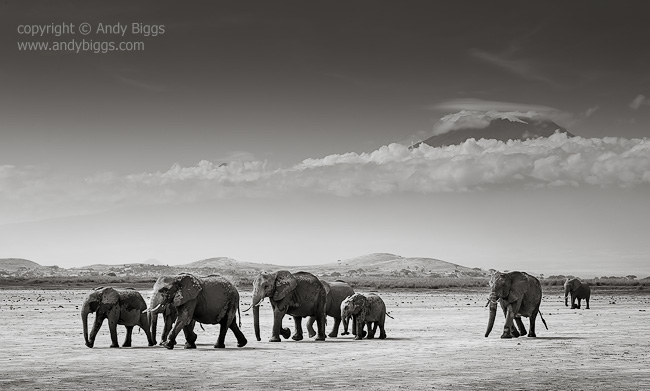
Elephant Procession and Mount Kilimanjaro
Phase One DF+, IQ250 digital back, 75-150mm
At the conclusion of our wildebeest migration safari in the Masai Mara region, I spent the next 4 nights in the Amboseli National Park region, at the foot of Mount Kilimanjaro. The Amboseli region is well known for its elephant population, and near the end of the dry season it is particularly interesting for photographers who are looking for something other than photographs of predators. Amboseli does have a vibrant population of lions and cheetahs, however the areas best photographic opportunities are the elephant herds that migrate between the surrounding hills, forests and swamps.

Giraffes, Acacia Trees and Clouds
Phase One DF+, IQ250 digital back, 75-150mm lens
My 4 nights in the area were a great opportunity for me to obtain more photographs of these elephants as well as giraffes, my two favorite subjects to observe in nature. My last trip to Amboseli was more than 10 years ago, and I am not quite sure why it took me so long to return. I will be offering trips to Amboseli in the future, possibly in combination with the Masai Mara, as an extension to the Masai Mara or perhaps even as a separate trip on its own. The key to working in the Amboseli area is having access to conservancy land that is owned by the local Maasai, similar to how I run my trips in the Masai Mara. The ability to position a game drive vehicle exactly where one needs it is immensely important to me any my customers, and this is the approach we took on this visit and will continue this on future trips of mine.
I am not sure how long it had been since I had captured as many frames that I was happy with in such a short period of time, other than on the primate portion of this trip as explained in Part 1 of this trip report. In 4 days I felt that I was coming back to camp each half day with images I was itching to download and check out on my laptop computer. It’s that feeling that feels so good.
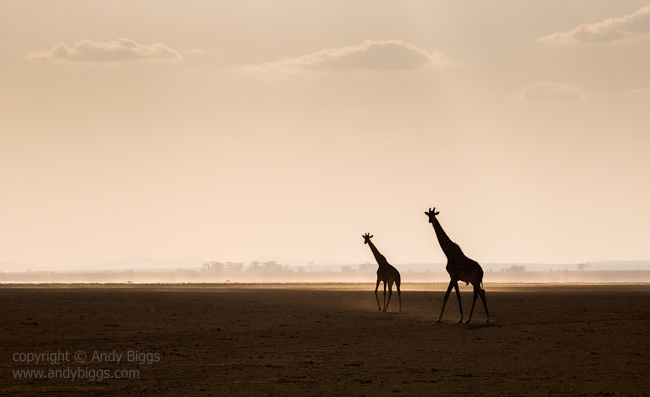
Giraffes and Sunset
Phase One DF+, IQ250 digital back, 240mm lens
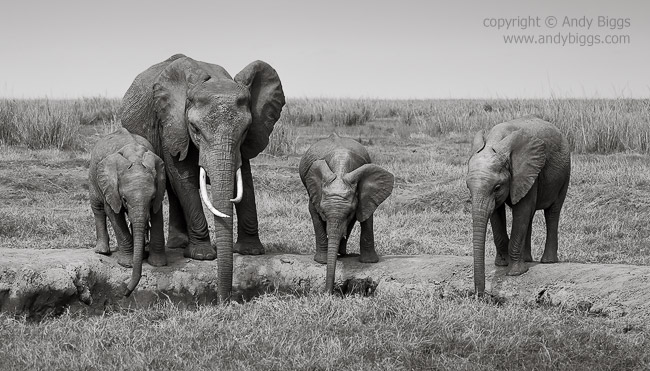
Elephant Herd Fill-Up
Phase One DF+, IQ250 digital back, 240mm lens
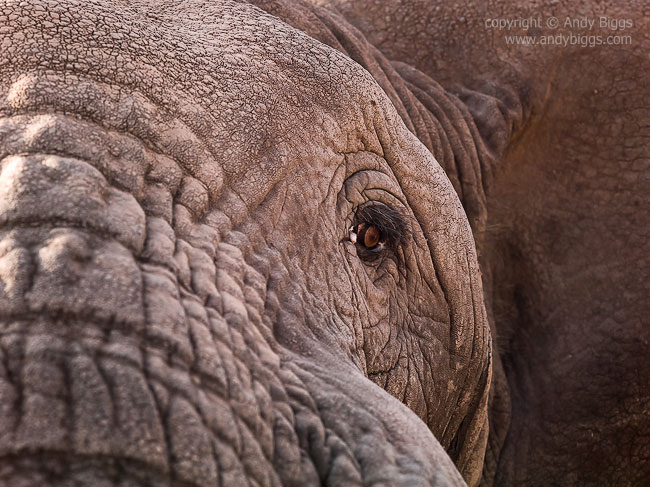
The Eye
Phase One DF+, IQ250 digital back, 75-150mm lens
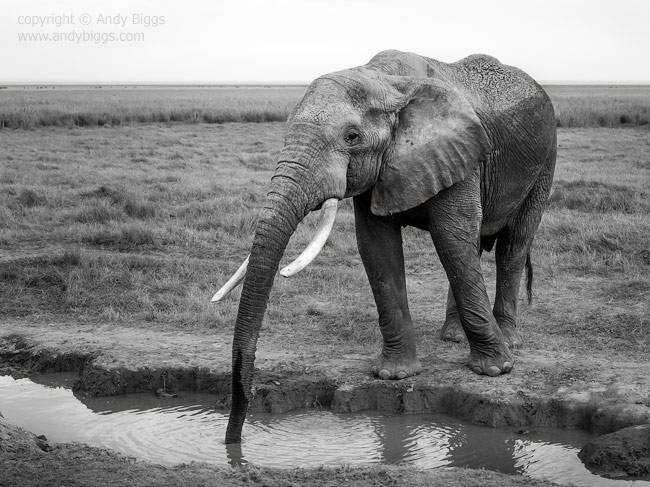
Fill-Up
Phase One DF+, IQ250 digital back, 75-150mm lens
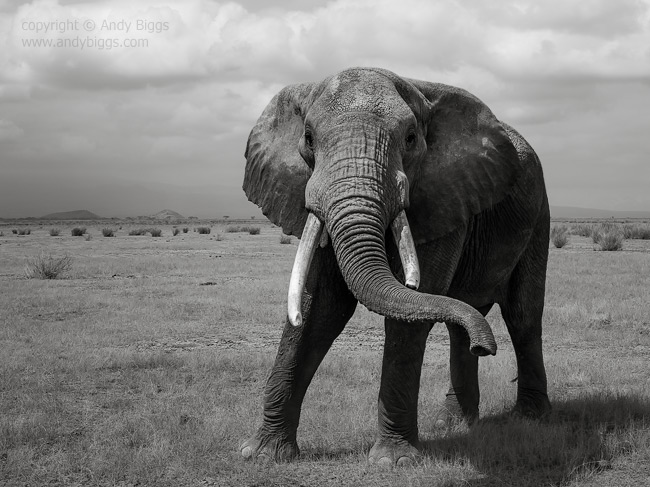
Stare-Down
Phase One DF+, IQ250 digital back, 75-150mm lens
Three Elephant Babies
Phase One DF+, IQ250 digital back, 75-150mm lens
 Amboseli,
Amboseli,  Elephant,
Elephant,  Giraffe,
Giraffe,  Kenya,
Kenya,  Kilimanjaro in
Kilimanjaro in  Safari Reports
Safari Reports 


